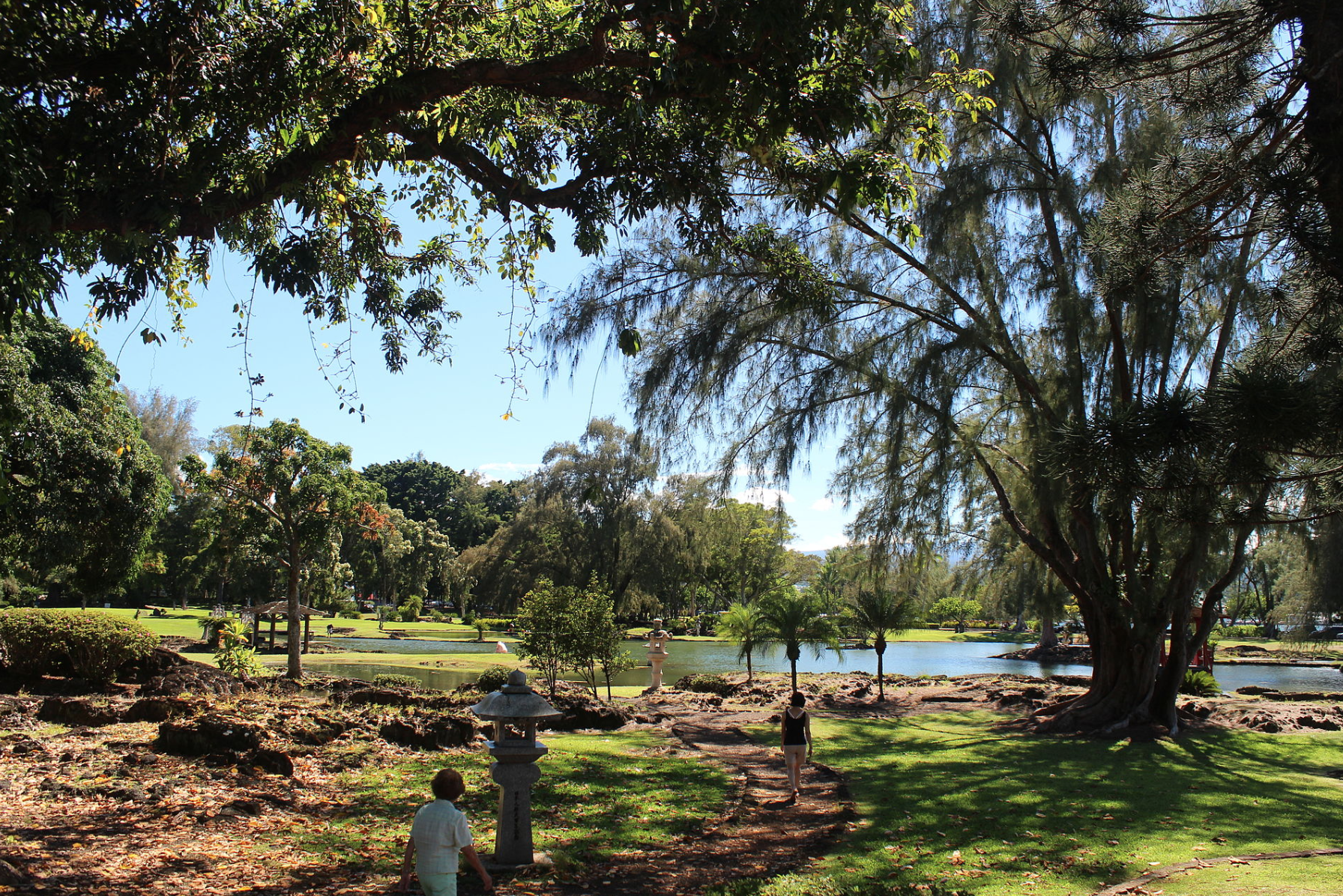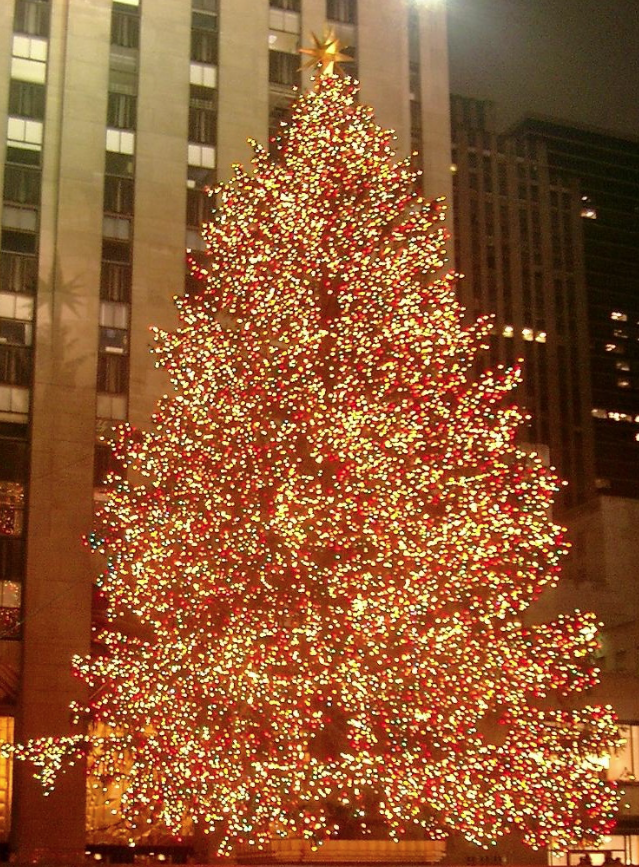Remember when Richard went on a field trip with a 5th grade class from Kaumana School recently?
Karyl Ah Hee is the 5th grade teacher who invited Richard to ride along. She knew of Richard through his daughter-in-law Kris, who until recently also taught at Kaumana Elementary.
“Kris had told me to check out her father-in-law’s blog about Keaukaha Elementary School,” says Karyl. “The first thing I noticed was the title of the blog, Ha Ha Ha!, referring to three generations of the Ha family, and I thought, ‘He cracks me up!’
“Then I read what he’s doing for Keaukaha Elementary and I thought that was the coolest thing. I told Kris I thought he’d love this tour and that he should join us, that he seems to like things like this—doing good for the community and having children learn to do good. We wanted him to see that he was not alone; that children are striving for a better Hilo, too, just like he’s doing.”
Karyl Ah Hee’s 10- and 11-year-olds practice the FISH! Philosophy, adapted from Pike’s Place Fish Market in Seattle. There it’s a business philosophy, but Karyl has adapted it for classroom use. The FISH! Philosophy is based on four components:
• Choose Your Attitude
• Be Present
• Play
• Make Someone’s Day
She teaches her students about the FISH! Philosophy at the beginning of the year, and points out that she has no classroom rules. None of the “don’t do this,” “don’t do that.”
“We just live by the FISH! Philosophy components,” she says. “It’s a wonderful thing because it’s very positive. If I need to, I ask, ‘Are you choosing your attitude?’ At times I don’t even need to say it. Their peers remind them, ‘You’re not choosing your attitude.’”
“I’ve been tracking it and discipline problems, referrals, have gone way down. They look out for themselves, their team members. They understand it so well that they go home and teach their families. I’ve had a number of families that have come back and asked me more about it.”
It was as part of their FISH! Philosophy that her class raised money for an excursion and then recently took it on the road. “It all started out with, Well, if you are a real FISH! philosopher, prove it. They came up with: ‘Then we need to go out and Make People’s Day.’”
Their bus made 12 stops that day, to places like Hospice of Hilo, the fire and police departments, Air Aviation, the Air Guard and the Army Guard. “We went out to say thanks to the community who serve us so well all the time,” she explains.
They spoke about their FISH! Philosophy and handed out Hershey’s kisses in special packaging they put together, which included a small brochure with the philosophy explained.
One stop was at the Yukio Okutsu Veteran’s Center. “There were only a handful of veterans there, and they were more on the serious side. But as the children starting talking and laughing, and they sang a simple Christmas song for them, one veteran shared that it just made their day. They ate together, they talked story together.
“Mr. Ing, the photographer from the newspaper, had come but they didn’t want to be in the newspaper, they said. The kids said, ‘That’s okay, Mrs. Ah Hee has a camera,’ and they explained the pictures would be just for us. I asked them later what we should do with those pictures and they said we need to take them back.”
So during the holidays, Karyl and her sons put them in frames, one for each veteran, and her sons—also FISH! Philosophers—helped deliver them.
“The people there were so happy,” she says. “They were saying, where are the kids, where’s that girl, I want to talk to her again. Because they want to see us again, I arranged with their P.R. person and we’re going to invite our veterans to our school for our May Day program.”
On the brochure they handed out (they gave out more than 1500 of them that day) they challenged the people of Hilo: “We challenge you, Hilo! After learning about the FISH! Philosophy, Go out and make someone’s Day! ‘We’re striving for a better Hilo, one heart at a time.’ If YOU made someone’s day, we’d love to hear about it.”
Karyl explains that it doesn’t take a lot. “You could hold open a door, a simple smile, a wave, or a ‘hi’ or ‘good morning’ can do the trick. Help someone in need. The feeling inside is wonderful!”
The students still want to hear from anyone who has an example of doing this, at this address: Kaumana Elementary School, Attn: Mrs. Karyl Ah Hee, 1710 Kaumana Dr., Hilo HI 96720. Feel free to drop them a note with a concrete example.
“We are hoping for a big response,” says Karyl, “because it would show the students something tangible to cement the philosophy within. We’d love to hear about it.”
After the excursion, Richard spoke to the kids briefly to thank them and tell them he was proud of them.
Karyl Ah Hee talks about how the way of life impacts her students in other ways, too. She says reading is not a big priority to many of her 5th graders at the start of the year. But by the end, she says, they are self-governing.
“They tell me how much they need to read, how many books, and set their own goals. This past quarter every single one of my students met their reading goals. And I don’t remind them every day. They remind themselves. There was a situation where a great majority had finished their reading goals very early. A handful more was struggling to get there, and the ones who already made it constantly offered encouragement: Go get ‘em, let’s go. The students feel good that their peers are really supported.
“I think it has a lot to do with the FISH! Philosophy and the attitudes they bring to class. When we choose our attitude, we can make a difference in our lives, and in other people’s lives, too. I’m hopeful they will take it with them their whole lives.”
She says she knows she leave “fingerprints” on her students, and always hopes they will be positive ones.
“When we did this tour last year, I asked the students, ‘Is this something you’ll remember for a day? A week? A month?’ One student said, “This is something I’ll remember for a lifetime.’”


